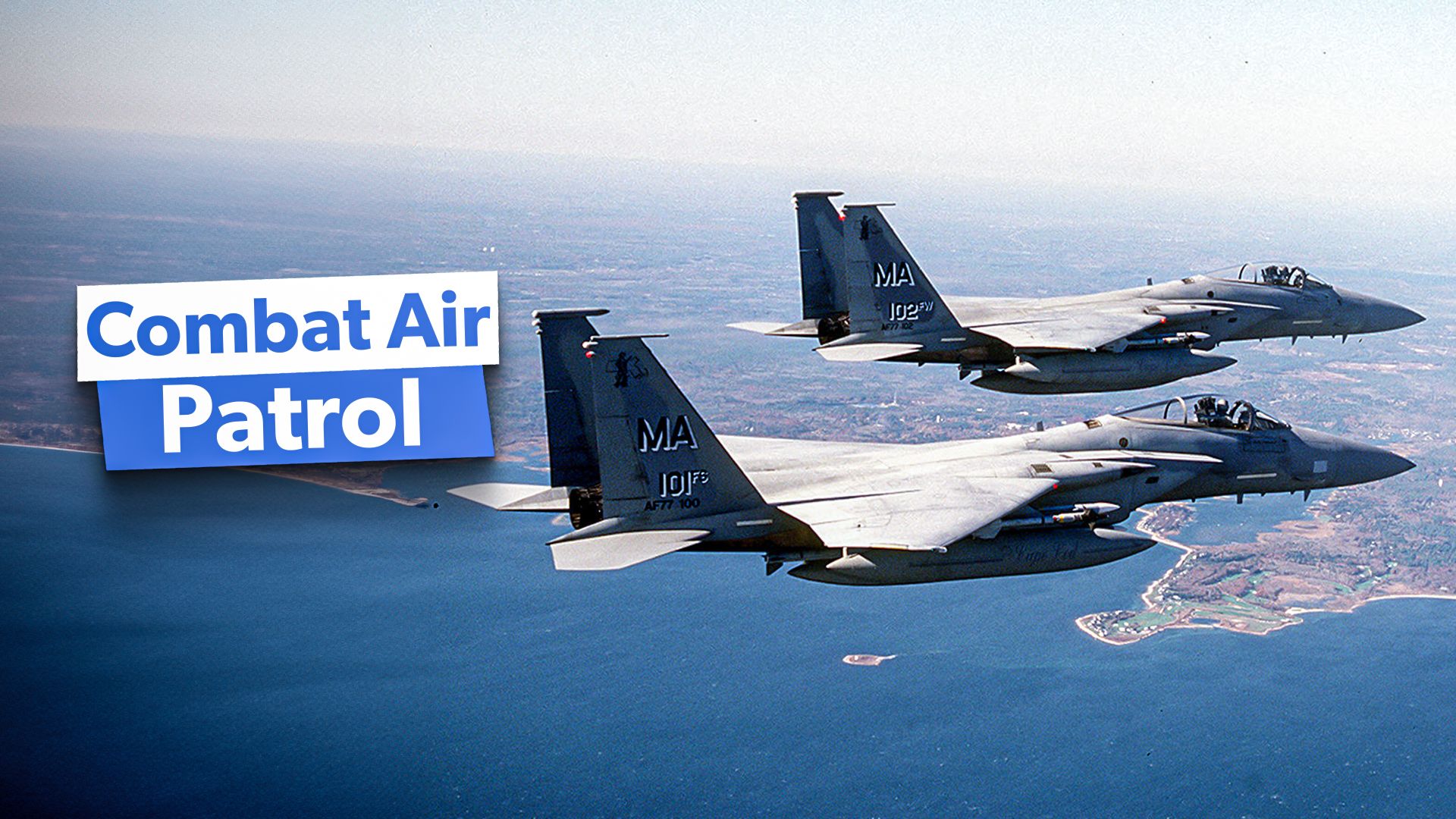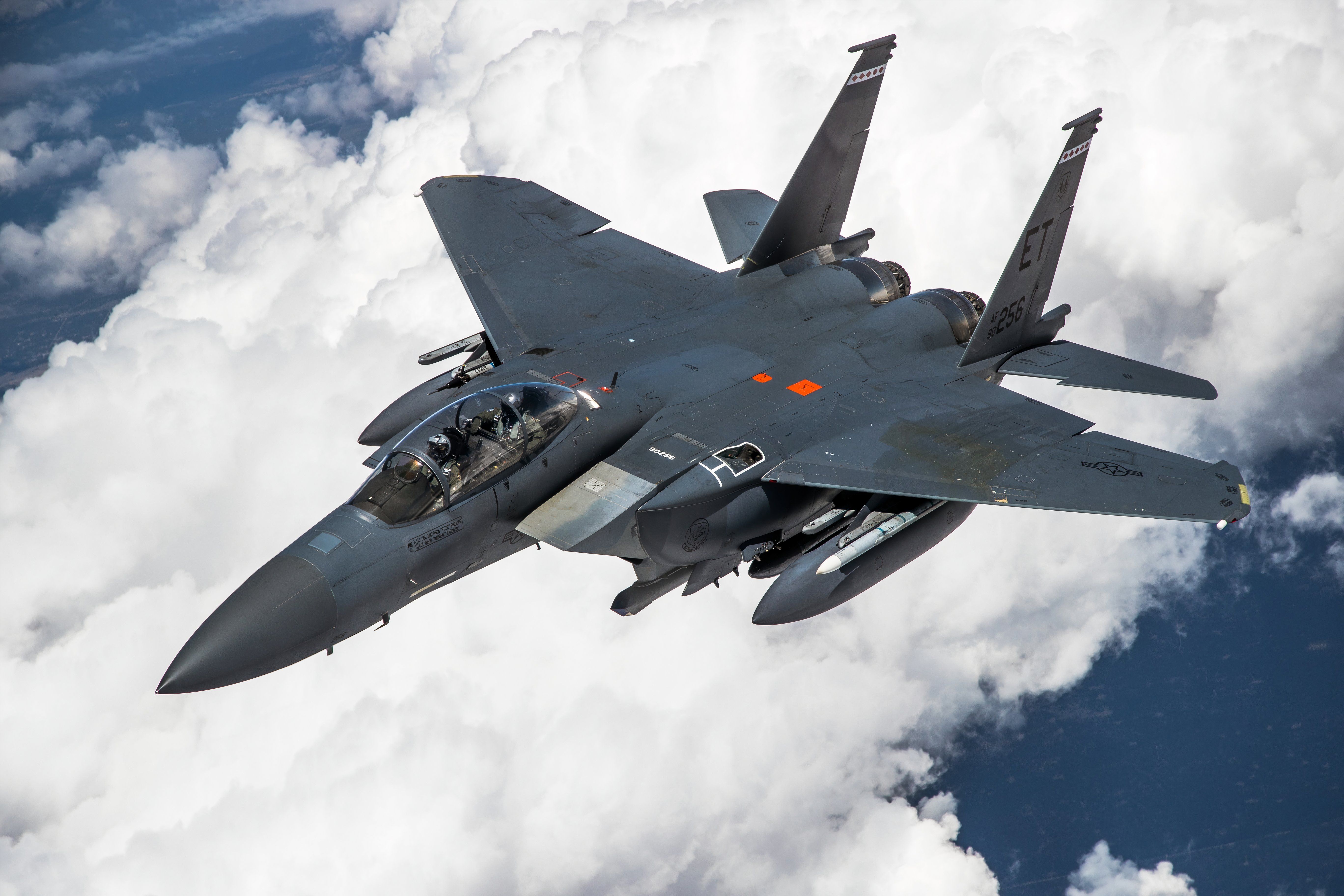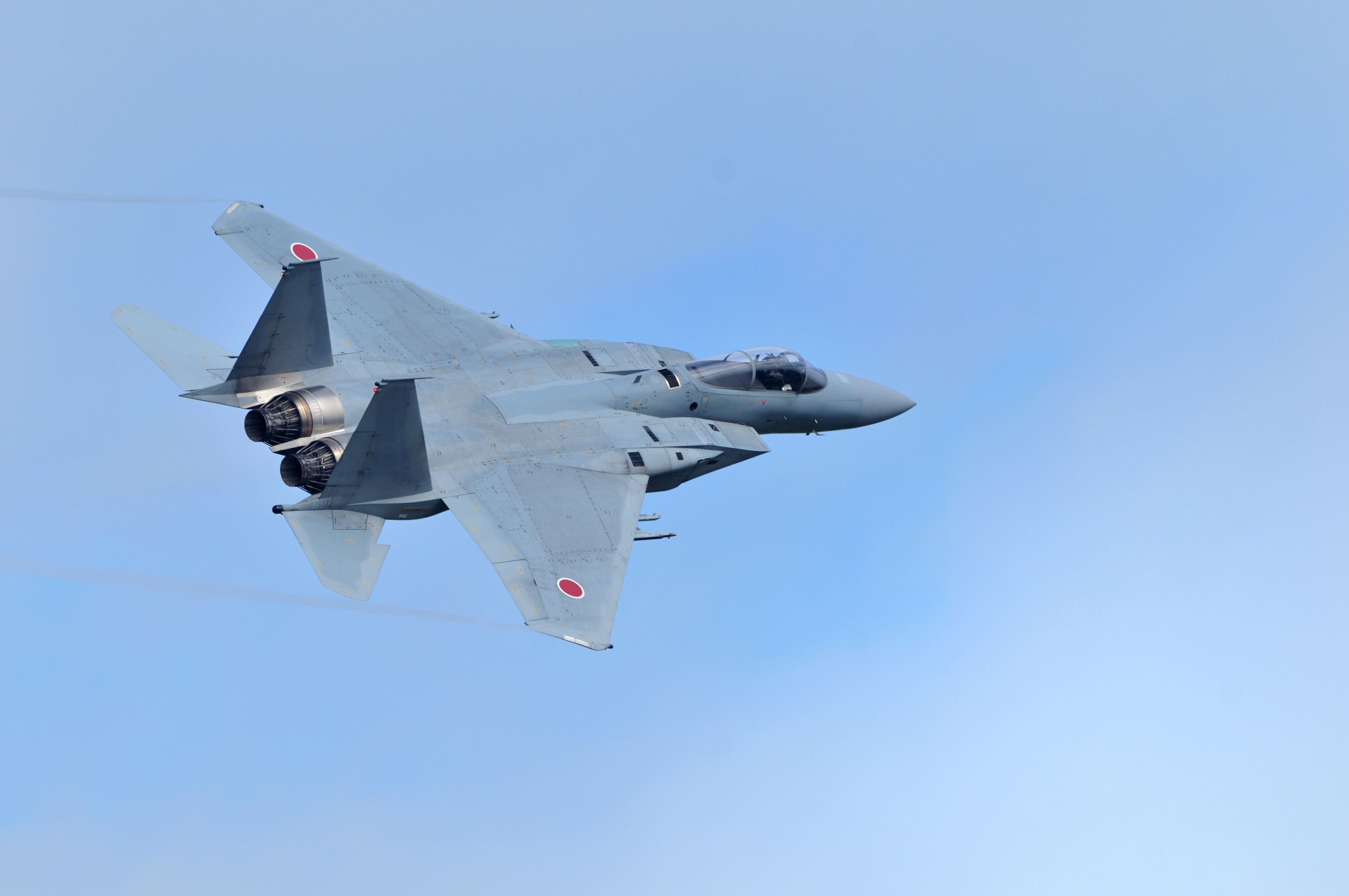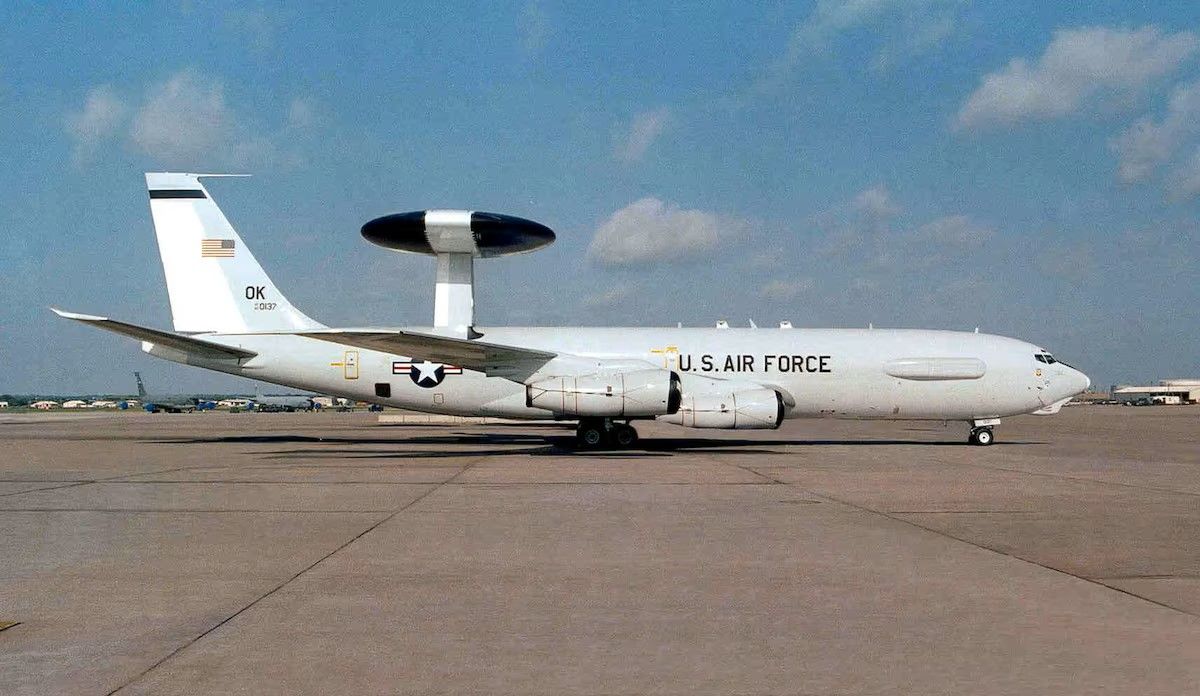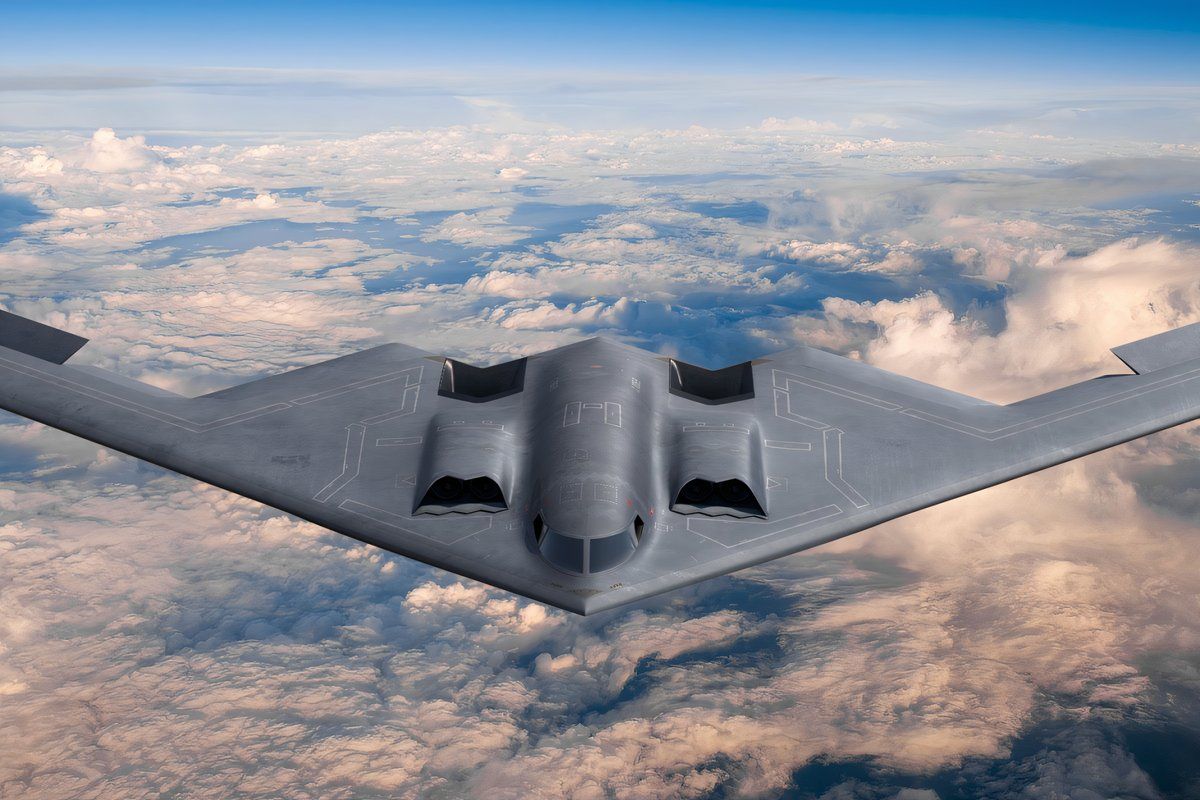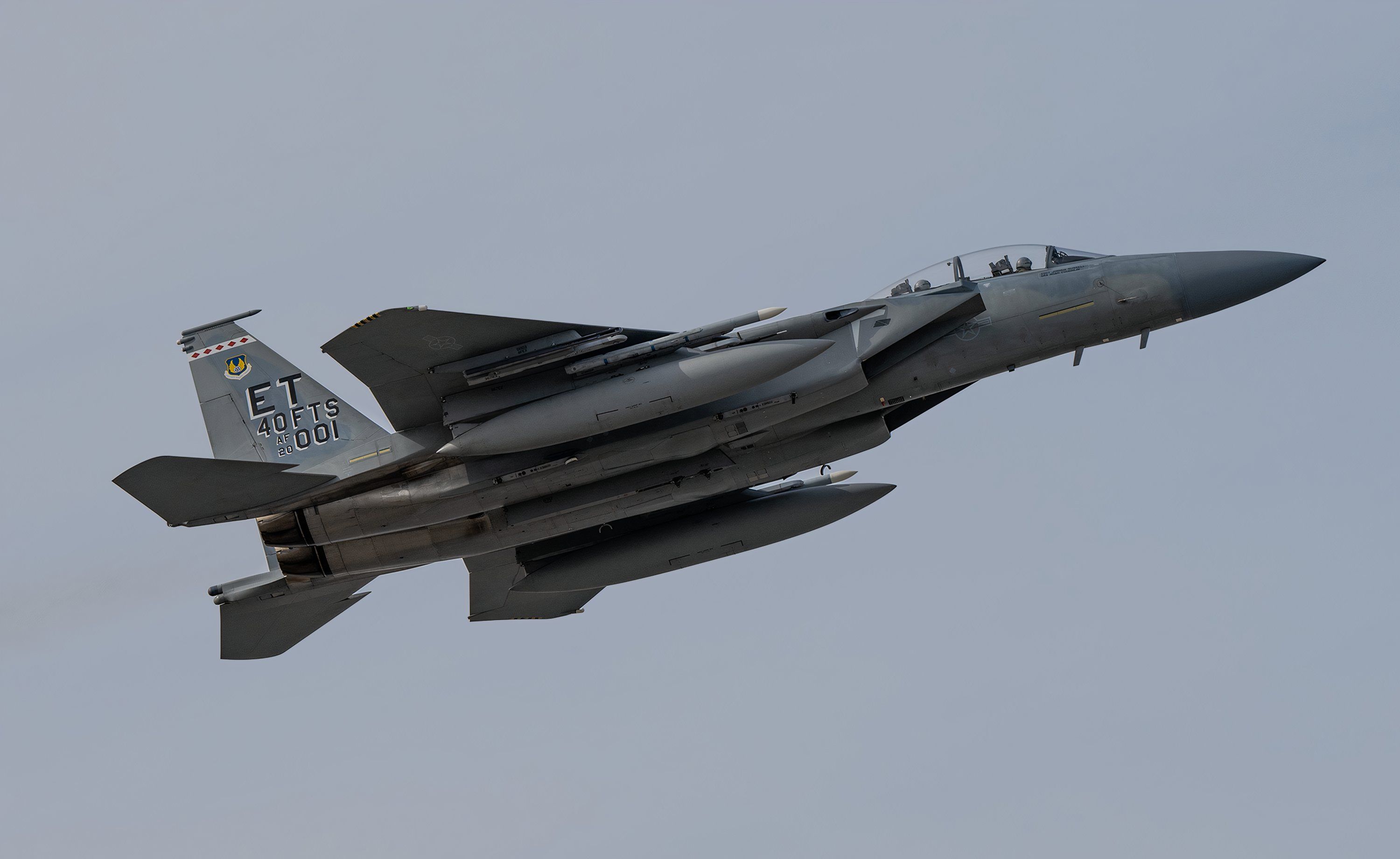Summary
- BARCAP establishes defensive barriers, protecting friendly space from enemy threats at a distance.
- In CAP & Strike coordination, synchronization is crucial, assigning roles and engaging in different missions.
- RESCAP deploys fighter jets to rescue downed pilots from threats and provide safe transport.
The world’s largest and most powerful military uses a wide range of strategies for Combat Air Patrol (CAP). It is a military aviation tactic to protect strategic assets, including military bases, naval vessels, and other strategic locations. CAP aircraft perform specialized missions in the air, scanning for threats such as hostile aircraft and missiles. Simple Flying sheds light on some strategies the United States military uses for CAP.
1
Barrier Combat Air Patrol (BARCAP)
Establishment of a defensive barrier
- Fighter aircraft employed between a force and an objective area as a barrier across the probable direction of enemy attack
- Used as far from the force as control conditions permit
- Provides added protection against raids
The Barrier Combat Air Patrol (BARCAP) involves the establishment of a designated perimeter around which a defensive barrier is created. This designated area is referred to as the friendly space, which is restricted from enemy activity. US military aircraft prevent enemy aircraft and missiles from entering the “safe zone”.
Photo: USAF
The military uses the BARCAP strategy for its defensive operations, particularly in sensitive areas and high-alert situations. In some cases, this strategy can also be applied to offensive operations where friendly forces restrict hostile aircraft outside the perimeter while still exercising offensive missions.
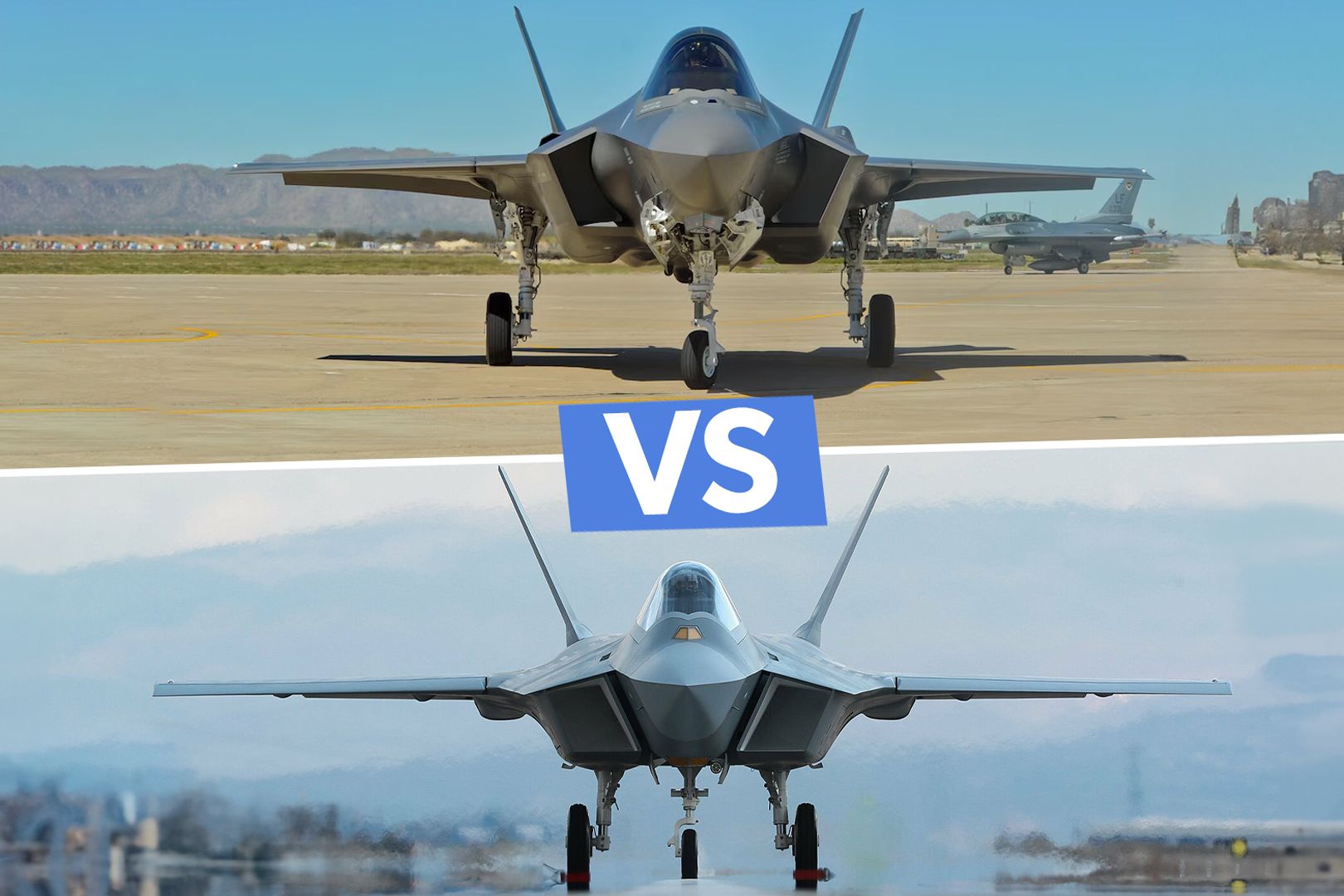
Related
Turkey’s KAAN Fighter vs US F-35: A Closer Look At Feuding Fighter Jet Capabilities
In spite of Turkey’s ties with Russia, it remains a U.S. ally via NATO. Now, its KAAN fighter is attempting to rival America’s F-35.
2
CAP and Strike coordination
Requires precise synchronization between different aircraft
| Formation | Roles | Roles |
|---|---|---|
| CAP/Strike | Primary at CAP role | Secondary at Strike role |
| Strike/CAP | Primary at Strike role | Secondary at CAP role |
The CAP and Strike patrolling is done in two different ways. In the CAP/Strike formation, the primary aircraft is assigned the CAP role while the secondary aircraft is authorized to release strike ordnance. The strike aircraft actively engages with enemy aircraft if it is spotted. The CAP aircraft holds the position and remains in the defensive position.
Photo: dreamnikon | Shutterstock
The Medium blog highlights that in a Strike/CAP formation, both the primary and secondary aircraft are authorized to release ordnance and engage only in case of a direct attack. In both strategies, precise synchronization of aircraft is essential to ensure mission success. Precise coordination also minimizes risk to friendly forces.
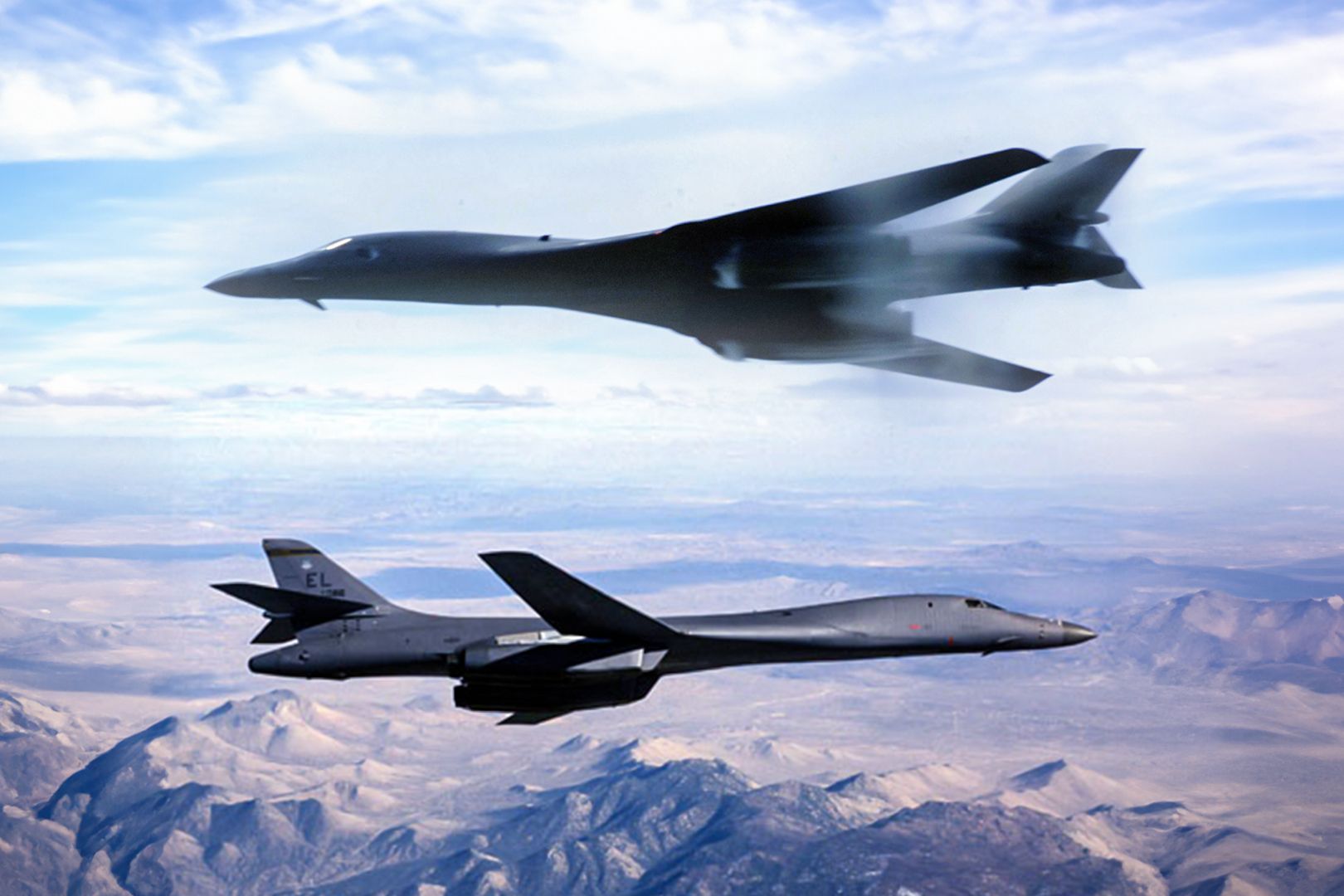
Related
Epic USAF Bombers: From The B1-Lancer To The Highly Anticipated B-21 Raider
Exploring the past, present, and exciting future of the United States Air Force bomber fleet.
3
Escort Combat Air Patrol (ESCORT CAP)
Also known as High Asset Value Combat Air Patrol (HAVCAP)
- Airborne monitoring of the special-purpose aircraft, vessels, and submarines
- The escort operation demonstrates the capabilities of CAP aircraft overflying submarines
- Fighter jets perform missions in a joint force protection exercise
The ESCORT CAP is conducted to secure an essential military fleet, including special-purpose aircraft. The US military operates a wide range of special-purpose aircraft, such as aerial refueling tanks, surveillance drones, intelligence and reconnaissance aircraft, and AWACS. The mission requires combat aircraft to provide protection as special-mission aircraft undertake missions in the enemy territory.
Photo: US Air Force
Apart from air-to-air enemy threats, escort fighters also provide protection against surface-to-air threats, including missiles, torpedoes, and guns (for close air support missions). The US military relies heavily on the ESCORT CAP strategy for its routine missions.
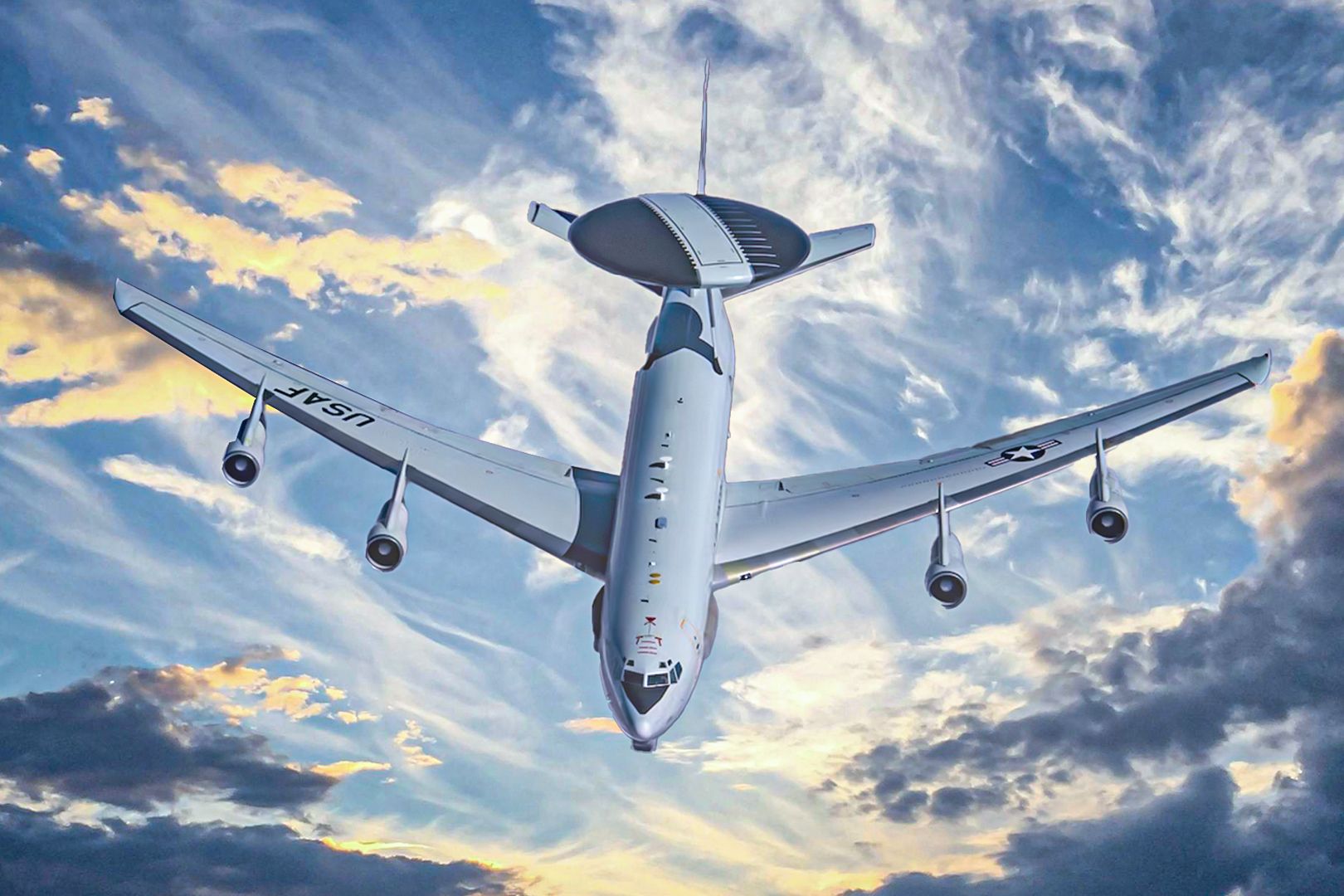
Related
How Does The E-3 Sentry AWACS Enhance USAF Command And Control?
Unlike JSTARS, AWACS is showing no signs of being ready for retirement.
4
Suppression of Enemy Air Defenses Combat Air Patrol (SEAD CAP)
Active air defense mission
- High-caliber machine guns
- Air-to-air missiles
- Surface-to-air missiles
- Bombs
- Rockets
- Torpedoes
The SEAD CAP mission involves the neutralization of enemy targets within the contested airspace. Combat aircraft are responsible for suppressing and destroying enemy air defenses, including aircraft, drones, radar, and missiles (air-to-air and surface-to-air).
Photo: Mike Mareen | Shutterstock
The SEAD CAP missions can be isolated operations or part of other air missions. Combat fighters ensure the safe operation of friendly aircraft while suppressing enemy aircraft that either attack directly or pose a threat to assigned military operations.
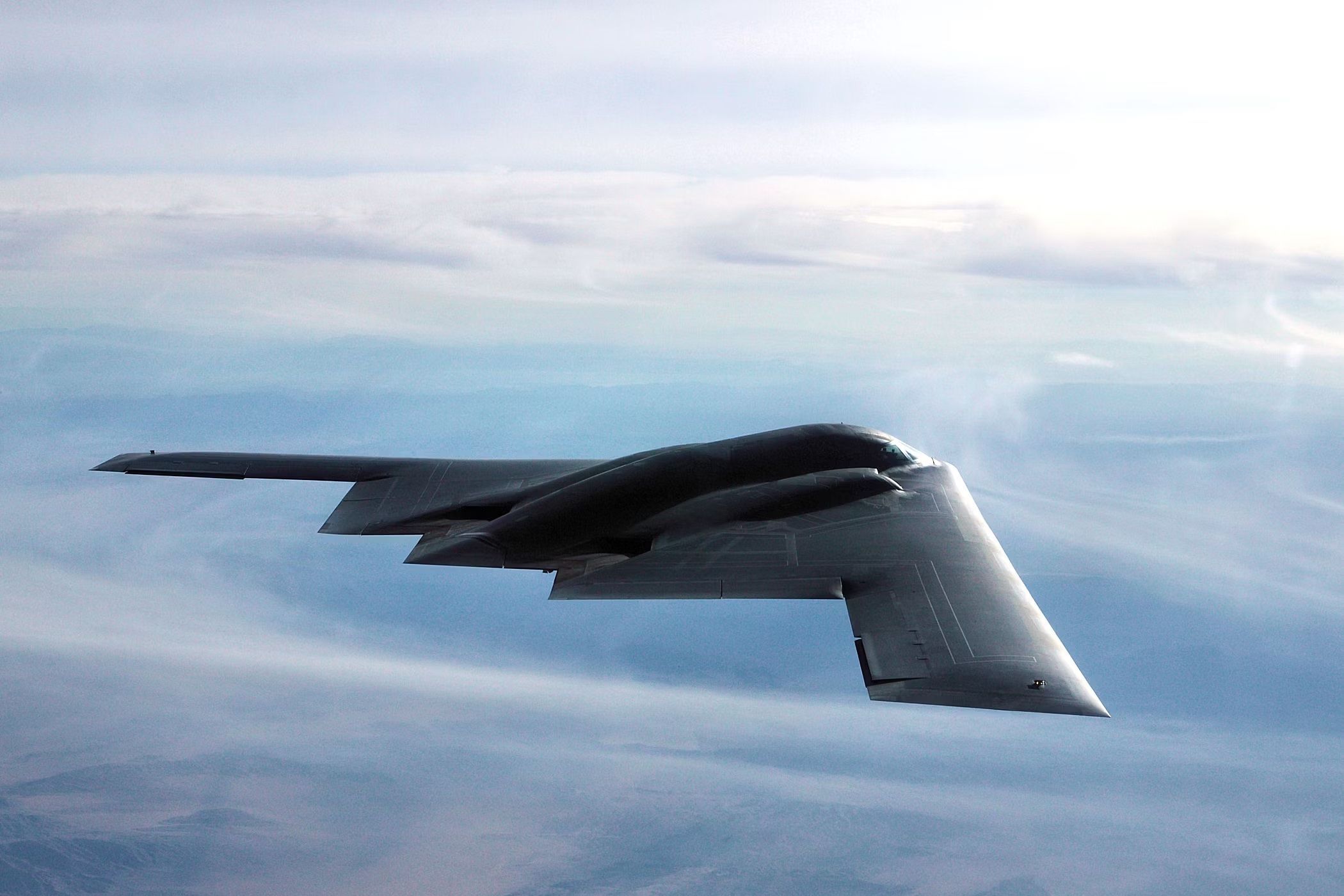
Related
Only 19 Remain: USAF Finds Crashed $2 Billion B-2 Spirit Stealth Bomber Much Too Pricey To Fix
The Air Force’s fleet continues to shrink.
5
Rescue Combat Air Patrol (RESCAP)
Keeping friendly forces away from threats
Rescue Combat Air Patrol (RESCAP), as the name suggests, involves the deployment of fighter aircraft to rescue friendly forces and transport them to safety. The US military would generally source rescue aircraft positioned in the proximity of a conflict to carry out RESCAP missions.
Photo: US Air Force
Rescue jets aim to safeguard military personnel from fallen aircraft. Downed pilots face a significant ground threat that a task force must address. These missions also support combat search and rescue aircraft in securing ground personnel from airborne and surface threats.

Related
Bayou Vigilance: Why The USAF Landed 2 B-52 Bombers At Chennault International Airport
Non-military personnel don’t typically get to see a B-52 bomber take off and land. Civilians at an airport in Louisiana just got a rare treat.
What are your thoughts on the Combat Air Patrol (CAP) strategies used by the US military? Share your views in the comments section.

